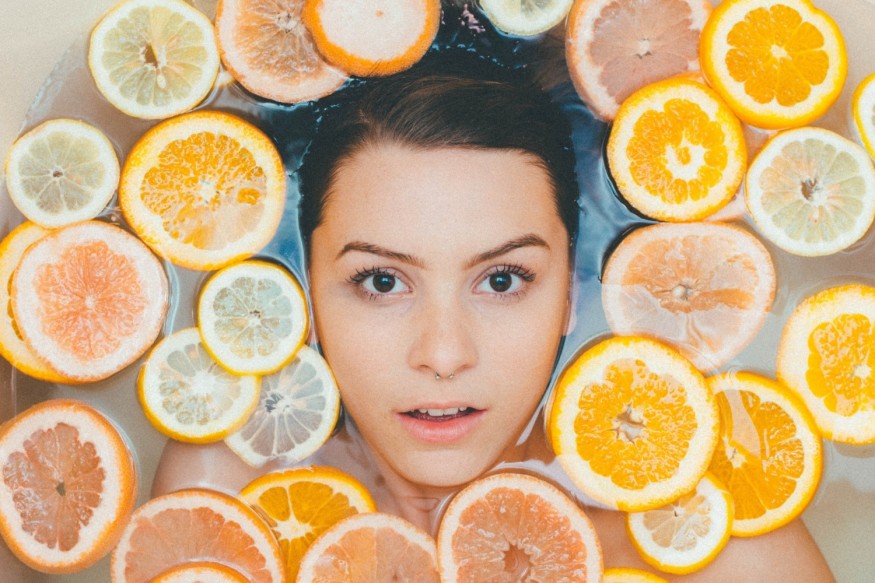
Sallow skin is characterized by a yellow or brown tinge on the skin. Board-certified dermatologist Dr. Dendy Engleman explains that this condition is called glycosylation, and this happens when sugar molecules attach to skin proteins and results in a yellowish hue as time passes. This is common to those with pale skin and to those who are always exposed to the sun. In olive skin tones, sallow skin appears brown. Sallow skin can also be dull, dry, and flaky. Glycosylation is not typically found in darker skin tones.
Causes of Sallow Skin
While sallow skin is a natural occurrence as people mature, other factors contribute to it while we're still young. One is constant sun exposure without protection. That's why dermatologists always stress the use of sunscreen to shield skin from harmful UVA and UVB rays. Other contributors are poor diet, smoking, vitamin deficiency, stress, and dehydration. Dr. Engleman adds that it can also be a symptom of anemia. The lack of proper oxygenation throughout the body can result in dull and sallow skin.
Treatment for Sallow Skin
If anemia is eliminated as a factor, board-certified dermatologist Dr. Hadley King underlines the importance of good health habits to avoid sallow skin. Maintain a healthy diet and load up on foods rich in antioxidants like cranberries, blueberries, pinto beans, and red beans. Citrus fruits and kiwi give you high amounts of vitamin C, while salmon, avocados and walnuts are sources of good fats.
Get adequate amounts of sleep and make sure to keep yourself hydrated throughout the day. Take it easy on the alcohol and most importantly, don't hesitate to quit smoking.
Also read: Common Skincare Mistakes Dermatologists Always See
As for Dr. Engleman, to avoid sallow skin, build a solid skin care routine. To reveal healthier and brighter skin, proper cleansing is a must. For dull and sallow skin, Cosmopolitan recommends Holifrog Shasta AHA Refining Acid Wash, Tatcha The Deep Cleanse, Murad Exfoliating Cleanser and Dermalogica AGE Smart Skin Resurfacing Cleanser. These cleansers have gentle acids to get rid of dead skin cells, discoloration, dark spots, and uneven skin texture.
Dr. Englemen then advises to find serums and moisturizers that are formulated for your skin type, while Dr. Annie Chui of The Derm Institute tells Good Housekeeping that using an antioxidant product in the morning will help fight off free radicals that cause premature skin aging. Some of the best antioxidants are Vitamin C, resveratrol, green tea, and white tea. Some of Harper's Bazaar's top serum picks are SkinCeuticals C E Ferulic Serum, Sunday Riley Good Genes Treatment Serum and Regenerist Fragrance-Free Regenerating Face Serum.
For brightening moisturizers, Allure suggests multi-tasking products like Clinique Superdefense Broad Spectrum SPF 25, Vichy Aqualia Thermal UV Defense Moisturizer Sunscreen Broad Spectrum SPF 30 and Supergoop Superscreen Daily Moisturizer Broad Spectrum SPF 40 PA+++. As all dermatologists will advise the use of sunscreen, save yourself a step and go for a moisturizer-sunscreen combo.
In the evening, reach for a brightening moisturizer like Tatcha Luminous Dewy Skin Night Concentrate, Ole Henriksen Goodnight Glow Retin-Alt Sleeping Crème or Aveeno Positively Radiant Overnight Hydrating Facial Moisturizer.
Related article: Skincare Shopping: What Dermatologists Are Telling You To Save or Splurge On
